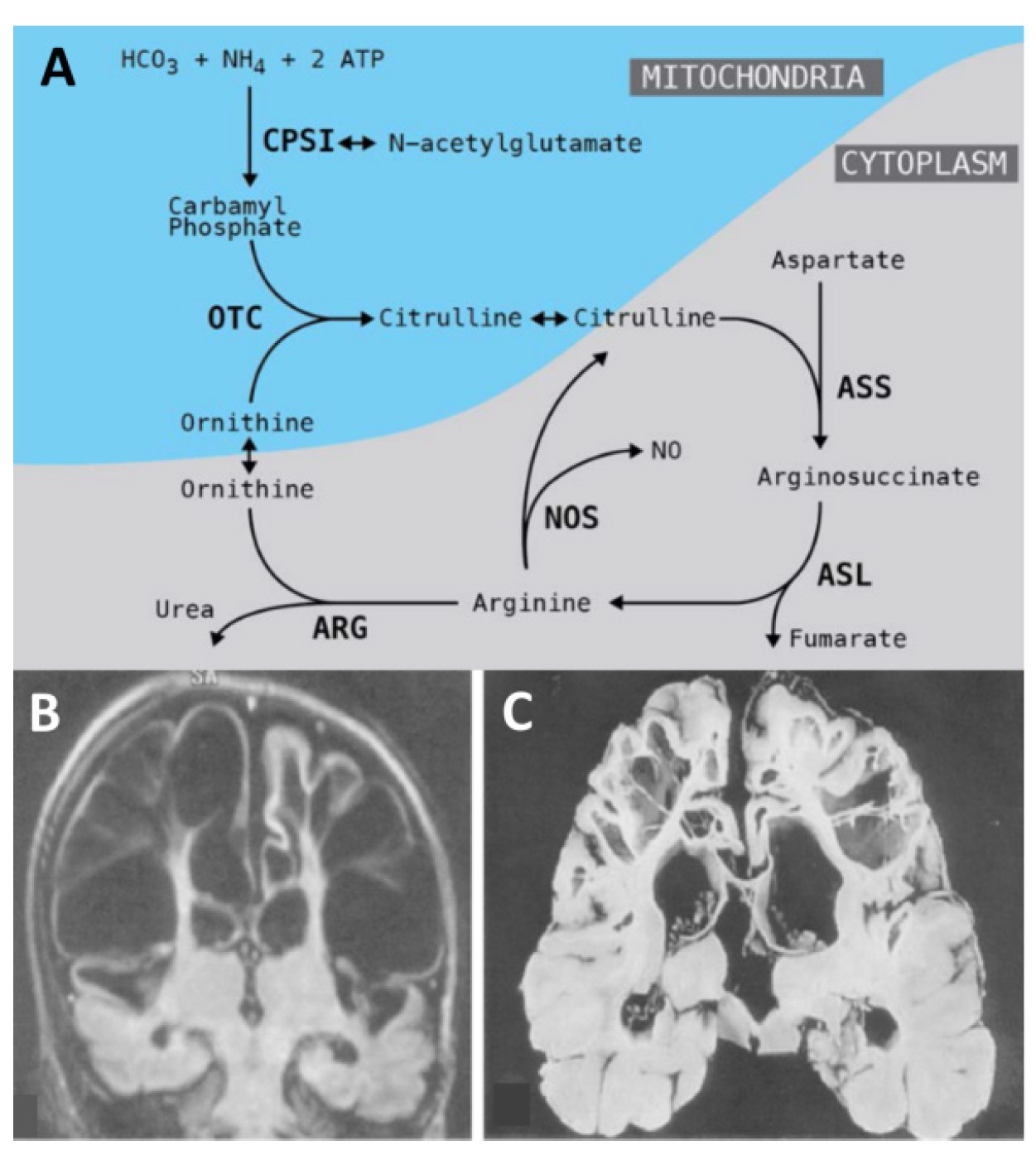Urea cycle disorders
The urea cycle is a metabolic pathway in liver cells. It removes ammonia, an essential molecule that is neurotoxic in high doses, from the blood. Urea cycle disorders (UCD) cause accumulation of circulating ammonia and can lead to irreversible brain damage, coma, and death.
UCD have a prevalence of 1:35.000 births and are caused by loss-of-function mutations in enzymes or transporters. The most common UCD is ornithine transcarbamylase (OTC) deficiency, which results from mutations in the OTC gene. The majority of known OTC deficiency mutations are missense changes that lead to a non-functional enzyme. About 60% of such mutations can be therapeutically targeted by base editors.
In this project, we will develop new therapeutic approaches for the treatment of OTC deficiency, based on CRISPR/Cas gene editing tools. They will be tested and validated in pre-clinical disease models for OTC deficiency. In addition, we will develop new approaches for the targeted delivery of such gene editing tools to the liver cells.

Figure 1. Urea cycle disorders A) The OTC enzyme is active in the mitochondria of liver cells. OTC deficiency causes malfunctioning of the urea cycle and ammonia accumulation in the blood (hyperammonaemia). B-C) Brain damage in OTC deficiency. Magnetic resonance B) and section of the brain at autopsy C) show multiple cysts in a patient with hyperammonaemia.